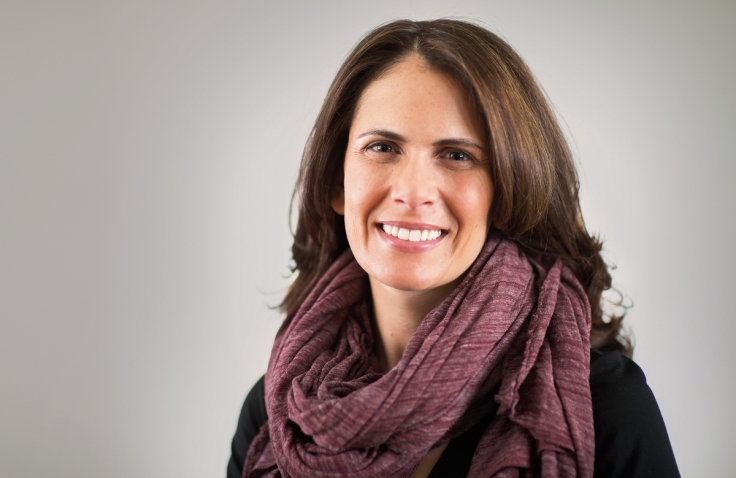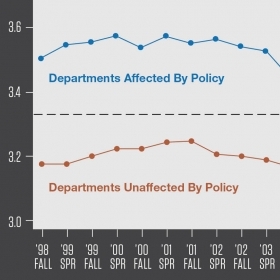When Jody Platto CE/DS ’15 was a high-school student in Vermont, a horse named Unknown Legend changed the course of her life. Her family didn’t know when they bought him that the horse—AKA Donald—would prove to be incredibly talented. But soon, Platto met some of the top riders in the world through Donald, and although she did a semester at the University of Vermont, “My heart was with the horses,” she says. She left college to train with David and Karen O’Connor, two of the globe’s leading event riders. Seven years later, she transitioned into studying and teaching horsemanship.
Platto became fascinated by theories about how people and horses learn. “I was always going, ‘Where’s the evidence?’ … At one point, someone said, ‘You need to go get an education. You’re asking for so much evidence, you need to go learn how to find the evidence for yourself,’” Platto says. After moving to Boston and taking courses at Massachusetts Bay Community College, Platto heard a presentation by a Wellesley admissions officer about the Davis Scholar program. She learned about the College’s popular neuroscience program and knew that was where she wanted to be. After taking two years of courses at MassBay to prepare herself for Wellesley, she entered as a sophomore.
Platto’s time at Wellesley has been full of tremendous personal growth, she says. “You’re in your formative years here, regardless of how old you are,” says Platto, who is 37. She knew that she wanted to study neuroscience, but her long-term career goals changed over time. She initially thought she’d want to pursue a doctor of pharmacy degree after Wellesley, but then she started leaning toward med school. Her advisor, Barbara Beltz, the Allene Lummis Russell ’46 Professor of Neurology, said to her, “Oh, med school? You need to do this internship,” and told her about the newly created Wellesley College Class of 1989 Children’s Hospital of Philadelphia Summer Fellowship.
The internship was created when the class of ’89 partnered with the Calliope Joy Foundation, named for the daughter of Maria Kefalas ’89, a child who was diagnosed with metachromatic leukodystrophy, a rare and terminal neurological disorder, at age 2 in 2012. After Beltz told her about the internship, “I went online and spent hours and hours reading through the archives of Maria’s blog, in tears the whole time, and was like, ‘Oh my gosh, if I could be a part of this, then I should go for it,’ ” Platto says.
In 2014, Platto spent the summer at Children’s Hospital of Philadelphia immersed in the world of pediatric neurology, participating in clinical research on white-matter disorders and interacting with many patients and their families. “The kids just make it all worth it,” Platto says. “And you’re not just working with the patient. You’re really working with the whole family.” It was also personally meaningful to Platto to contribute to research that affects the life of a Wellesley alumna. “I’ve gained so much [at Wellesley], I want to give back to the community,” she says.
Platto is still on the fence about whether she wants to go for her M.D., but her experience last summer convinced her that she could thrive under the rigors of med school, if she decides to go. But no matter what, she is committed to neuroscience.








We ask that those who engage in Wellesley magazine's online community act with honesty, integrity, and respect. (Remember the honor code, alums?) We reserve the right to remove comments by impersonators or comments that are not civil and relevant to the subject at hand. By posting here, you are permitting Wellesley magazine to edit and republish your comment in all media. Please remember that all posts are public.